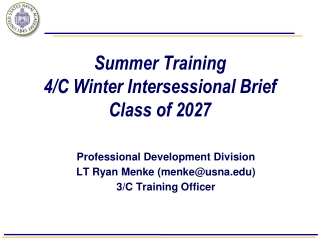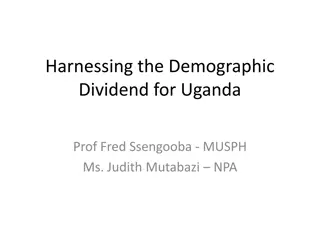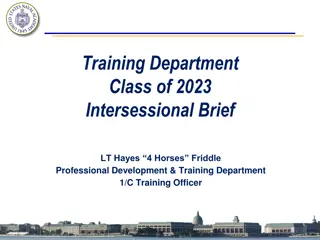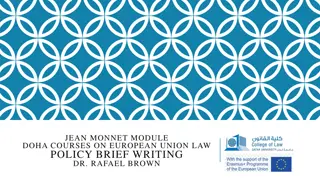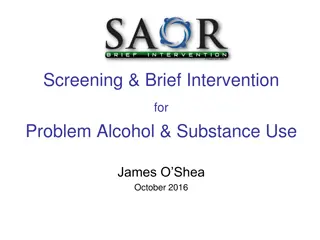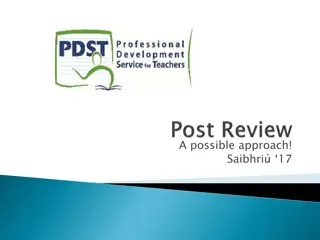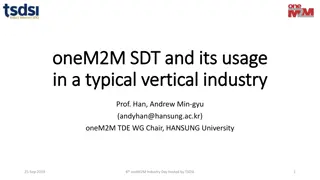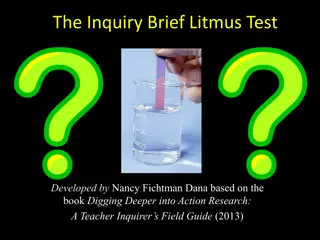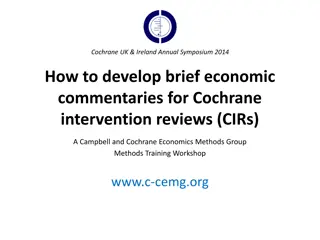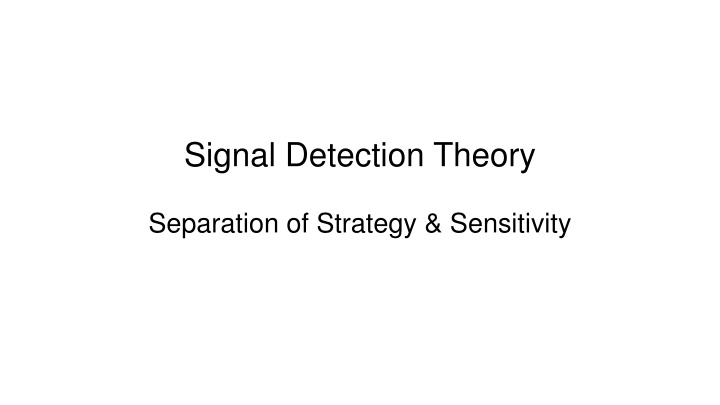
Signal Detection Theory: Separation of Strategy & Sensitivity
Explore the principles of Signal Detection Theory, focusing on strategic decision-making and sensitivity in distinguishing between signals and noise. Learn about key measures and strategies in signal detection analysis.
Download Presentation

Please find below an Image/Link to download the presentation.
The content on the website is provided AS IS for your information and personal use only. It may not be sold, licensed, or shared on other websites without obtaining consent from the author. If you encounter any issues during the download, it is possible that the publisher has removed the file from their server.
You are allowed to download the files provided on this website for personal or commercial use, subject to the condition that they are used lawfully. All files are the property of their respective owners.
The content on the website is provided AS IS for your information and personal use only. It may not be sold, licensed, or shared on other websites without obtaining consent from the author.
E N D
Presentation Transcript
Signal Detection Theory Separation of Strategy & Sensitivity
Method 1. Only 1 Stimulus is Used. The issue is: Is it there or not? A yes/no decision must be made. Notice how this task can be generalized. Cancer?: Yes vs. No. Bomb?: Yes vs. No? Can be applied to nonhumans like computer-based recognition systems 2. Manipulate Percentage of Cases that Stimulus Is Present. How influenced are you by Likelihood of Stimulus being present?
Signal Detection Theory Response Yes No Present Hit Miss Stimulus Absent False Alarm Correct Rejection
Focus on Hit and False Alarm Rates Response Yes No Present Hit Stimulus Absent False Alarm
Sensitivity Measure d Measure: Look at Size of Difference of Hit vs FA d = Z(Hit) Z(FA) Z transformation -> Units into Standard Deviation (SD) steps 0 (zero) = zero sensitivity to presence of stimulus Increased d scores indicate increased sensitivity to stimulus A practical maximum = 4 SD steps
Strategy Measures All Decisions involve Uncertain Outcomes Liberal = tendency to say Yes that stimulus is present Conservative = tendency to say No that stimulus is present Cost/Benefit Ratio is the question What are the consequences of saying Yes if wrong? What are the consequence of saying No if wrong?
Strategy Measures Many measures: Bias and Criterion All measure tendency to say Yes or No when uncertain One Example Measure C indicates Criterion rule for saying Yes C = [Z(Hit) + Z(FA)] / 2 (note: usual value is -2, which flips direction) C = 0 indicates neutral criterion C > 0, bias towards Yes ( liberal criterion) C < 0, bias towards No ( conservative criterion)

